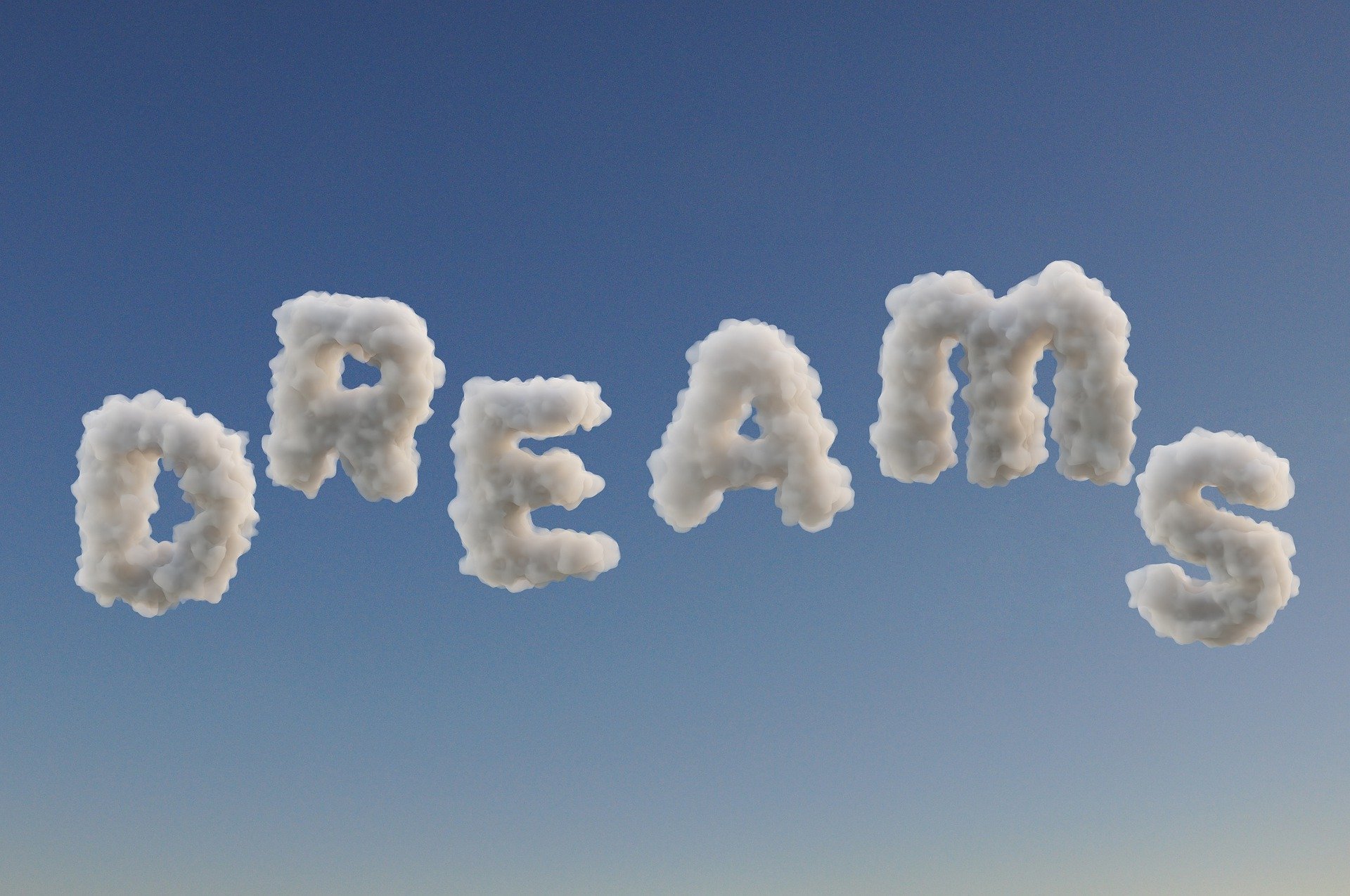What are dreams made of

Dreams are a complex and fascinating phenomenon that occur during the rapid eye movement (REM) stage of sleep.
While the exact nature of dreams is still not fully understood, they are believed to be a result of various factors, including brain activity, memories, emotions, and sensory stimuli.
During REM sleep, the brain exhibits high levels of activity, similar to when we are awake. It is thought that this brain activity, particularly in the regions involved in memory formation, emotional processing, and sensory perception, contributes to the creation of dreams.
Dreams often incorporate elements from our daily experiences, thoughts, and emotions. They can be influenced by recent events, personal concerns, or even things we have seen or heard during the day.
Dreams can also draw upon long-term memories, blending various fragments of information to create new and often bizarre scenarios.
The content of dreams can range from mundane to fantastical, with narratives that may be coherent or nonsensical. They can be vivid and involve visual, auditory, and tactile sensations.
Dreams can evoke a wide range of emotions, from joy and excitement to fear and anxiety.While dreams can be influenced by external stimuli, such as sounds or bodily sensations, they are primarily generated internally by the brain.
Researchers have identified the involvement of several brain regions, including the prefrontal cortex, limbic system, and brainstem, in the creation of dreams.
However, the exact mechanisms and purpose of dreaming are still a subject of scientific investigation and debate.
Overall, dreams are believed to be a product of the brain's attempt to make sense of various inputs and experiences, consolidate memories, process emotions, and perhaps engage in problem-solving and creativity.
